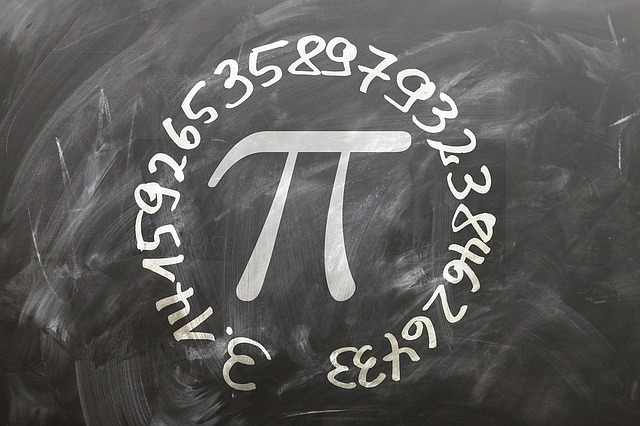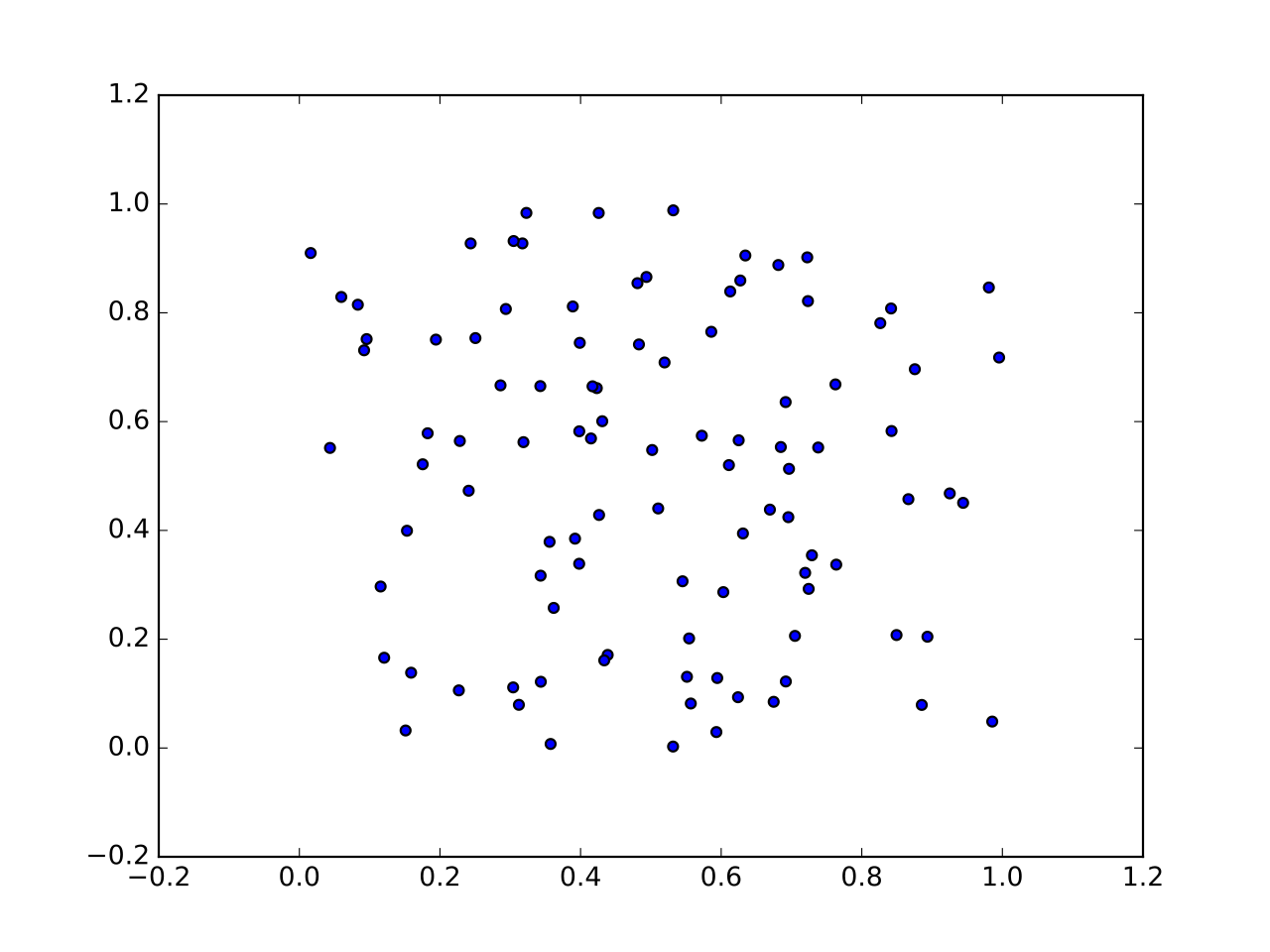System of Equations Calculator
Instructions: Use this system of equations calculator to solve a general system of equations you provide, with the same number of equations and variables, showing all the steps. First, click on one of the buttons below to specify the dimension of the system (number of equations and variables). For example, "2x2" means "2 equations and 2 variables"
Then, fill out the coefficients associated to all the variables and the right hand size, for each of the equations. If a variable is not present in one specific equation, type "0" or leave it empty.
More about this system of equations solver
This calculator allows you to compute the solution of a system of linear equations, provided that the number of equations is the same as the number of variables, and you can define a system of up to five variables and five equations.
Solving a system of equations can be laborious and requires lots of computations, especially for large systems.
How to solve a system of equations
There are several strategies, but the most commonly used are:
- The graphical method
- The substitution method
- The elimination method
Those methods are broadly used, especially for 2x2 system (this is, systems with 2 variables and 2 equations). The problem with these methods is that they get cumbersome for larger systems.
And the graphical method is only applicable for 2x2 systems. For large systems you can use more systematic rules like Gaussian elimination and Cramer's Method.
There is several methods that can be used to compute solutions to systems of linear equations, but we favor using the Cramer's Rule approach, as it is one of the easiest ways of recalling the calculation of the solutions of system.
How to solve a system of equations with this calculator
- Decide on the size of the system (number of variables and number of equations). The options are 2x2, 3x3, 4x4 and 5x5 systems
- Once the size is specified, you need to specify the coefficients associated to each variable
- If a coefficient is not used, leave it blank or type 0
- Click on "Calculate" and this solver will show you all the steps and solutions
Cramer's Rule is tightly related to this calculator of solutions of a system of equation using matrices, so you can also use that route instead.

Is this a System of 5 equations solver
Yes, with this solver you can get the solutions to systems of up to 5 equations and 5 variables. The methodology for more variables and equations does not really change, but the hand calculations become really lengthy. So for bigger than 5 equations you may want to solve it with a computer.
How do you solve a system of equations using this solver?
Step 1: You need to specify the system of equations you want to solve, by filling out the blanks with the coefficients of the system. Observe that when a variable is not in the equation, its coefficient should be set to zero.
Step 2: Just click "Calculate", and this solver will do the rest. First, the calculator will find the matrix form.
Step 3: The solver will compute the determinant of the matrix A. If det(A) = 0, we know that the system will not have a unique solution.
Step 4: The calculator will compute the adjoint matrix.
Step 5: The solver uses Cramer's Rule formula to compute the corresponding solutions:
\[x_j = \displaystyle \frac{\det(A^j) }{\det(A)}\]So, how would you solve a 6 variable equation?
It would be exactly the same approach, only that the calculation of the adjoint matrix would be potentially very laborious. You would be better off with a CAS like Mathematica or Matlab to get the solutions, skipping all the step by step, which could be too extensive.
Can you use Excel to solve a system of equations?
Technically you can, using some special group functions, such as "=MMULT", but usually the average Excel user won't know how to do it, typically.
The advantage of this System of equations solver with steps is that all you need to do is to specify the system of equations you want to solve, using a visually intuitive from. From then on, all you need to do is to click "Compute" to get step-by-step calculation.

Example of a system of equation solution
Consider the following system of equation
\[ \begin{aligned} 2 x&\, + \, &3 y&\, + \, & z & \, = \,3\\2 x&\, + \, &2 y&\, + \, &4 z & \, = \,1\\ x&\, + \, & y&\, + \, & z & \, = \,2 \end{aligned}\]Solve the above system using Cramer's Rule, showing all the steps.
Solution: A \(3 \times 3\) system of linear equations has been provided.
Step 1: Find the corresponding Matrix Structure
The first step consists of finding the corresponding matrix \(A\) and vector \(b\) that allow the system to be written as \(A x = b\).
In this case, and based on the coefficients of the equations provided, we get that
\[ A = \begin{bmatrix} \displaystyle 2&\displaystyle 3&\displaystyle 1\\[0.6em]\displaystyle 2&\displaystyle 2&\displaystyle 4\\[0.6em]\displaystyle 1&\displaystyle 1&\displaystyle 1 \end{bmatrix} \]and
\[ b = \begin{bmatrix} \displaystyle 3\\[0.6em]\displaystyle 1\\[0.6em]\displaystyle 2 \end{bmatrix} \]Step 2: Compute the Determinant of the Matrix
Now, we need to compute the determinant of \(A\) in order to know whether or not we can use Cramer's Rule:
Using the sub-determinant formula we get:
\[ \begin{vmatrix} \displaystyle 2&\displaystyle 3&\displaystyle 1\\[0.6em]\displaystyle 2&\displaystyle 2&\displaystyle 4\\[0.6em]\displaystyle 1&\displaystyle 1&\displaystyle 1 \end{vmatrix} = 2 \cdot \left( 2 \cdot \left( 1 \right) - 1 \cdot \left(4 \right) \right) - 3 \cdot \left( 2 \cdot \left( 1 \right) - 1 \cdot \left(4 \right) \right) + 1 \cdot \left( 2 \cdot \left( 1 \right) - 1 \cdot \left(2 \right) \right)\] \[ = 2 \cdot \left( -2 \right) - 3 \cdot \left( -2 \right) + 1 \cdot \left( 0 \right) = 2\]Since \(\det(A) = \displaystyle 2 \ne 0\), we conclude that the matrix is invertible, and we can continue with the use of Cramer's Rule.
Step 3: Computing the Solutions
Now, we need to compute each of the solutions \(x_j\), by using the formula:
\[ x_j = \displaystyle \frac{\det(A^j)}{\det(A)}\]where \(A^j\) correponds exactly to the matrix \(A\) except that the column j is replaced by \(b\).
For \(x\):
Using the sub-determinant formula we get:
\[ \begin{vmatrix} \displaystyle 3&\displaystyle 3&\displaystyle 1\\[0.6em]\displaystyle 1&\displaystyle 2&\displaystyle 4\\[0.6em]\displaystyle 2&\displaystyle 1&\displaystyle 1 \end{vmatrix} = 3 \cdot \left( 2 \cdot \left( 1 \right) - 1 \cdot \left(4 \right) \right) - 3 \cdot \left( 1 \cdot \left( 1 \right) - 2 \cdot \left(4 \right) \right) + 1 \cdot \left( 1 \cdot \left( 1 \right) - 2 \cdot \left(2 \right) \right)\] \[ = 3 \cdot \left( -2 \right) - 3 \cdot \left( -7 \right) + 1 \cdot \left( -3 \right) = 12\]Now we find that using Cramer's formula, \(x\) is computed as
\[x = \displaystyle \frac{\det(A^{ 1}) }{\det(A)} = \displaystyle \frac{ \begin{vmatrix} \displaystyle 3&\displaystyle 3&\displaystyle 1\\[0.6em]\displaystyle 1&\displaystyle 2&\displaystyle 4\\[0.6em]\displaystyle 2&\displaystyle 1&\displaystyle 1 \end{vmatrix} }{ \begin{vmatrix} \displaystyle 2&\displaystyle 3&\displaystyle 1\\[0.6em]\displaystyle 2&\displaystyle 2&\displaystyle 4\\[0.6em]\displaystyle 1&\displaystyle 1&\displaystyle 1 \end{vmatrix} } = \displaystyle \frac{ \displaystyle 12 }{ \displaystyle 2} = 6 \]For \(y\):
Using the sub-determinant formula we get:
\[ \begin{vmatrix} \displaystyle 2&\displaystyle 3&\displaystyle 1\\[0.6em]\displaystyle 2&\displaystyle 1&\displaystyle 4\\[0.6em]\displaystyle 1&\displaystyle 2&\displaystyle 1 \end{vmatrix} = 2 \cdot \left( 1 \cdot \left( 1 \right) - 2 \cdot \left(4 \right) \right) - 3 \cdot \left( 2 \cdot \left( 1 \right) - 1 \cdot \left(4 \right) \right) + 1 \cdot \left( 2 \cdot \left( 2 \right) - 1 \cdot \left(1 \right) \right)\] \[ = 2 \cdot \left( -7 \right) - 3 \cdot \left( -2 \right) + 1 \cdot \left( 3 \right) = -5\]Now we find that using Cramer's formula, \(y\) is computed as
\[y = \displaystyle \frac{\det(A^{ 2}) }{\det(A)} = \displaystyle \frac{ \begin{vmatrix} \displaystyle 2&\displaystyle 3&\displaystyle 1\\[0.6em]\displaystyle 2&\displaystyle 1&\displaystyle 4\\[0.6em]\displaystyle 1&\displaystyle 2&\displaystyle 1 \end{vmatrix} }{ \begin{vmatrix} \displaystyle 2&\displaystyle 3&\displaystyle 1\\[0.6em]\displaystyle 2&\displaystyle 2&\displaystyle 4\\[0.6em]\displaystyle 1&\displaystyle 1&\displaystyle 1 \end{vmatrix} } = \displaystyle \frac{ \displaystyle -5 }{ \displaystyle 2} = -\frac{5}{2} \]For \(z\):
Using the sub-determinant formula we get:
\[ \begin{vmatrix} \displaystyle 2&\displaystyle 3&\displaystyle 3\\[0.6em]\displaystyle 2&\displaystyle 2&\displaystyle 1\\[0.6em]\displaystyle 1&\displaystyle 1&\displaystyle 2 \end{vmatrix} = 2 \cdot \left( 2 \cdot \left( 2 \right) - 1 \cdot \left(1 \right) \right) - 3 \cdot \left( 2 \cdot \left( 2 \right) - 1 \cdot \left(1 \right) \right) + 3 \cdot \left( 2 \cdot \left( 1 \right) - 1 \cdot \left(2 \right) \right)\] \[ = 2 \cdot \left( 3 \right) - 3 \cdot \left( 3 \right) + 3 \cdot \left( 0 \right) = -3\]Now we find that using Cramer's formula, \(z\) is computed as
\[z = \displaystyle \frac{\det(A^{ 3}) }{\det(A)} = \displaystyle \frac{ \begin{vmatrix} \displaystyle 2&\displaystyle 3&\displaystyle 3\\[0.6em]\displaystyle 2&\displaystyle 2&\displaystyle 1\\[0.6em]\displaystyle 1&\displaystyle 1&\displaystyle 2 \end{vmatrix} }{ \begin{vmatrix} \displaystyle 2&\displaystyle 3&\displaystyle 1\\[0.6em]\displaystyle 2&\displaystyle 2&\displaystyle 4\\[0.6em]\displaystyle 1&\displaystyle 1&\displaystyle 1 \end{vmatrix} } = \displaystyle \frac{ \displaystyle -3 }{ \displaystyle 2} = -\frac{3}{2} \]Hence, and summarizing, the solution is
\[ \begin{bmatrix} \displaystyle x\\\\\displaystyle y\\\\\displaystyle z \end{bmatrix} = \begin{bmatrix} \displaystyle 6\\\\\displaystyle -\frac{ 5}{ 2}\\\\\displaystyle -\frac{ 3}{ 2} \end{bmatrix} \]which concludes the calculation of the solutions for the given linear system.



